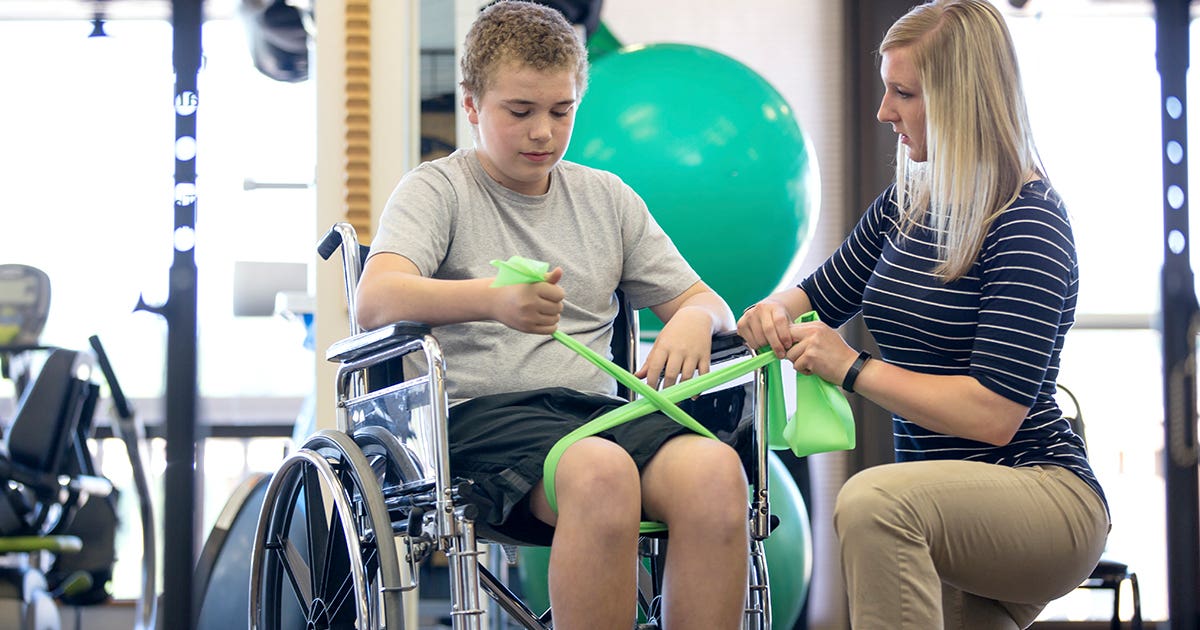Groundbreaking discovery in muscle regeneration, study finds
Now a discovery made at the Montreal Clinical Research Institute of Montreal (IRCM) opens the door to the development of targeted therapies.

[Feb. 3, 2022: Julie Gazaille, University of Montreal]
Neuromuscular disorders affect millions of people worldwide. (CREDIT: Creative Commons)
The fusion of myoblasts, stem cells responsible for the formation of skeletal muscles, could make it possible to repair muscles damaged by diseases such as muscular dystrophy.
Neuromuscular disorders affect millions of people worldwide. Now a discovery made at the Montreal Clinical Research Institute of Montreal (IRCM) opens the door to the development of targeted therapies.
Published in the journal Nature Communications, the development caps several years of research by doctoral student Viviane Tran under the direction of Université de Montréal medical professor Dr. Jean-François Côté, the IRCM’s president and scientific director, with international partners.
The formation of muscles, a complex process, requires the action of specialized cells, the myoblasts. In order for skeletal muscle to develop and regenerate, myoblasts must align with each other, move towards each other, and touch each other until their membranes are joined. This is called the myoblast fusion stage and is the basis for the formation of muscle fibers.
Related Stories
During embryogenesis, myoblast fusion is crucial, with mutations in certain genes resulting in the extremely rare clinical myopathy called Carey-Fineman-Ziter syndrome.
In adults, an army of satellite cells is responsible for muscle growth and regeneration. In response to activation signals, satellite cells proliferate, differentiate and fuse to repair damaged myofibers. The proteins and signaling pathways that control this fusion are still being identified.
‘We didn’t think it possible’
“Until recently, myoblast fusion was the subject of only basic research," said Dr. Côté.
Manipulating ELMO2 conformational regulation regulates myoblast fusion in a cell intrinsic manner. a Fusion assay performed with primary myoblasts isolated from the indicated mice after 72 h of differentiation. (CREDIT: Nature Communications)
"We weren't interested in it in the context of disease; we didn't think it was possible to use this process to cure certain diseases. Yet, understanding in detail all the factors involved in this fusion could contribute to the development of targeted therapies."
In what was a key experiment, the researchers created a mouse model in which a protein involved in fusion is expressed in its active form in the mammal. During muscle development and regeneration, an increase in myoblast fusion was observed.
Isothermal titration calorimetry determined a binding affinity of 10.3 μM for RHOG and WT ELMO2, while no binding could be measured for the L43A mutant. (CREDIT: Nature Communications)
"We also observed that this mouse model, when crossed with a mouse modeling limb-girdle muscular dystrophy 2B, can improve disease phenotypes," said Tran.
Direct evidence of usefulness
The new data therefore provide direct evidence that the myoblast fusion process could be exploited for regenerative purposes and to improve the outcome of muscle diseases.
Manipulating ELMO2 conformational regulation impacts on myoblast fusion during muscle development and growth. (CREDIT: Nature Communications)
In the long term, this research shows, increasing cell fusion could "repair" muscles in other types of muscular dystrophy, such as Duchenne (occurring in 1 in 4,000 boys) or other severe conditions, such as cachexia (secondary muscle breakdown due to various diseases and some forms of cancer).
The potential to manipulate the myoblast fusion step will undoubtedly be the subject of future studies, said the researchers, who worked with colleagues at UdeM’s Institute for Research in Immunology and Cancer) and the IRCM, in Montreal and internationally.
Note: Materials provided above by University of Montreal. Content may be edited for style and length.
Like these kind of feel good stories? Get the Brighter Side of News' newsletter.
Joseph Shavit
Head Science News Writer | Communicating Innovation & Discovery
Based in Los Angeles, Joseph Shavit is an accomplished science journalist, head science news writer and co-founder at The Brighter Side of News, where he translates cutting-edge discoveries into compelling stories for a broad audience. With a strong background spanning science, business, product management, media leadership, and entrepreneurship, Joseph brings a unique perspective to science communication. His expertise allows him to uncover the intersection of technological advancements and market potential, shedding light on how groundbreaking research evolves into transformative products and industries.



